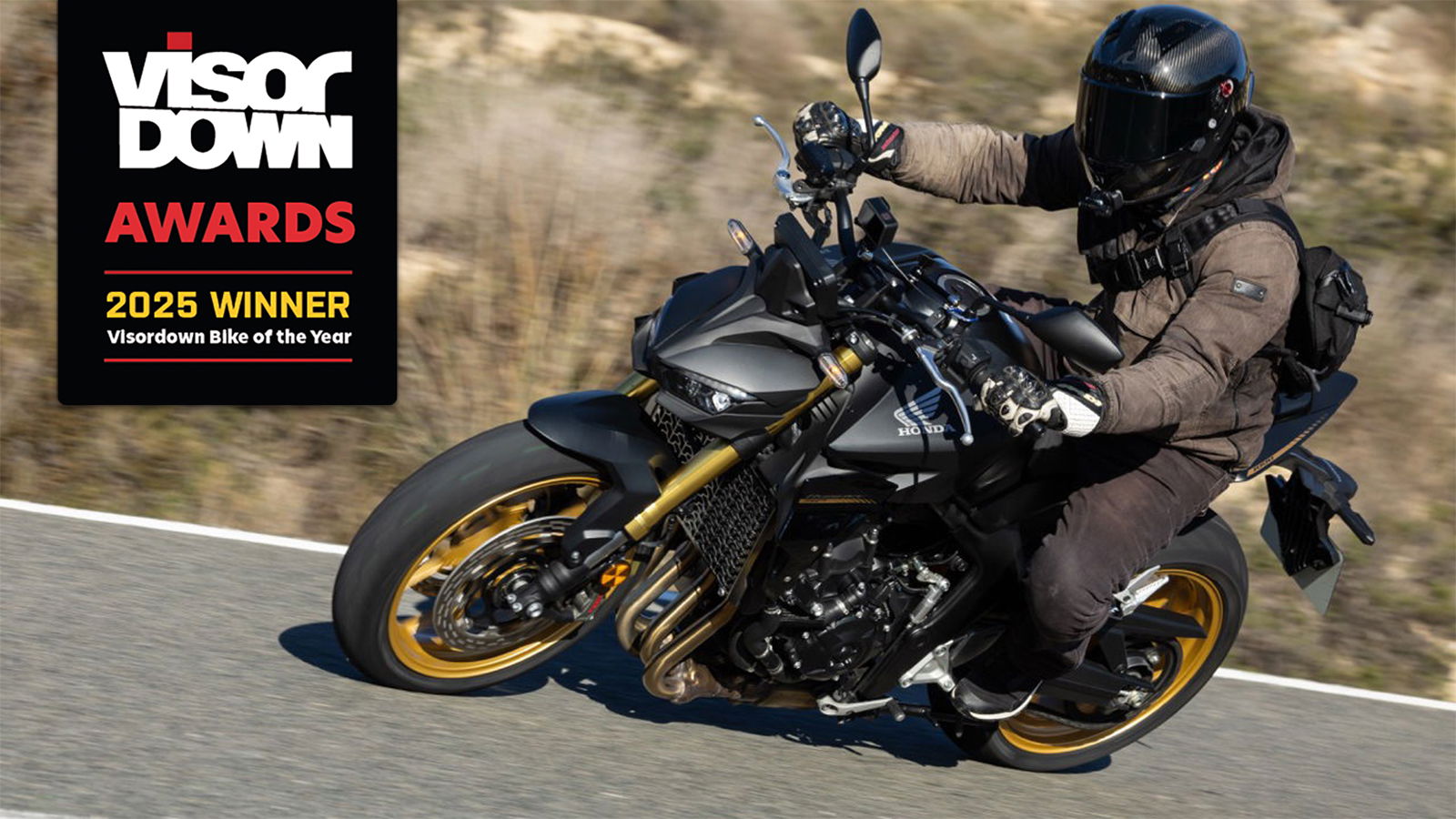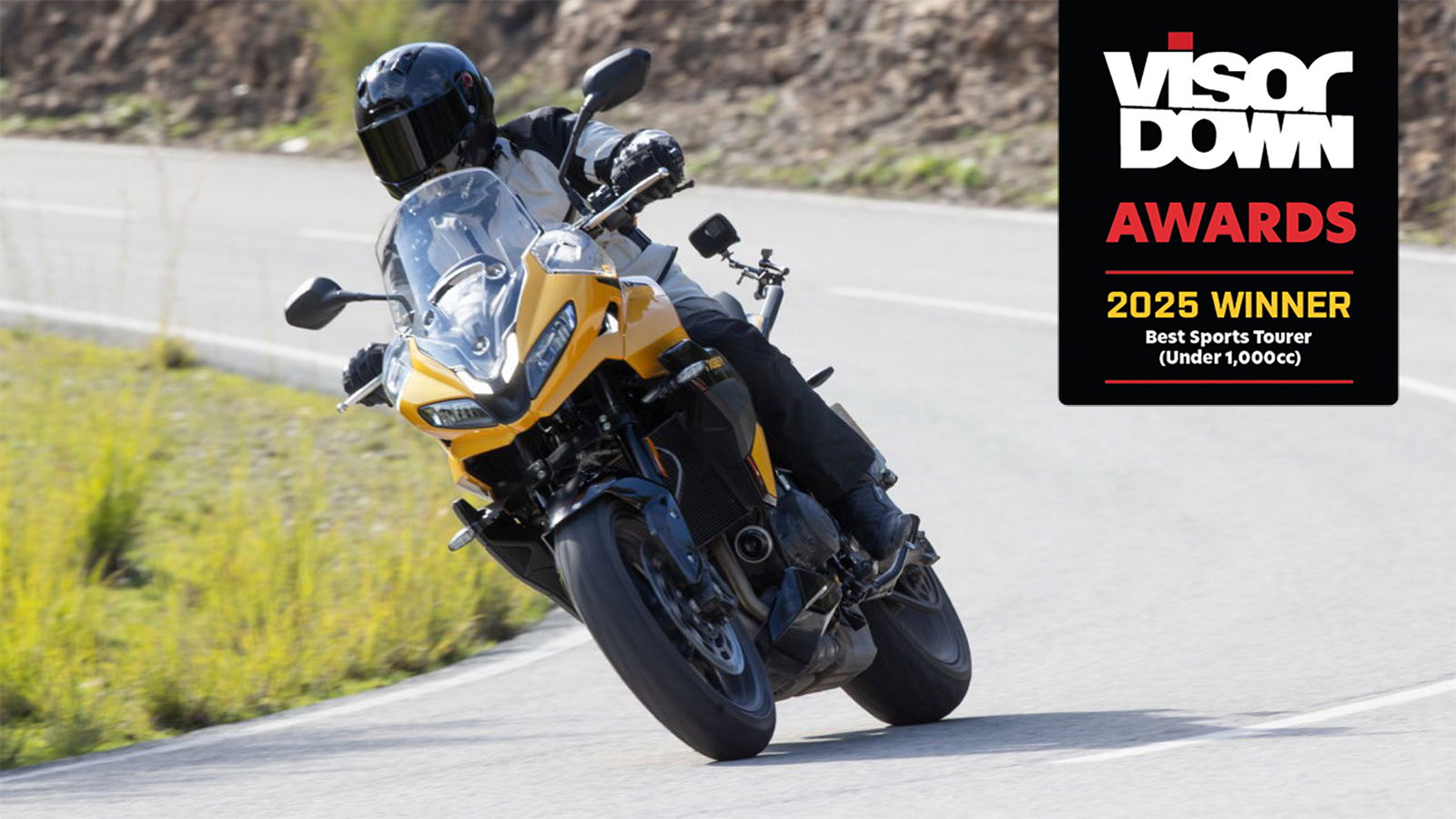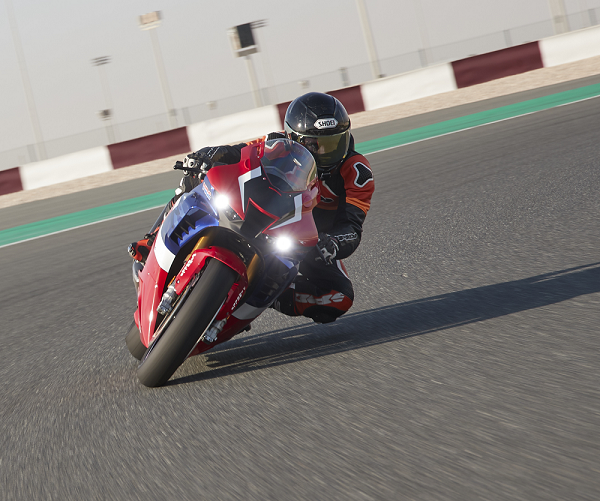Is the NC750X Still the Best Bike For Day-to-Day riders?
After twelve years in service and with over 100,000 bikes sold, 2025 sees the NC750X gain new tech and a big DCT upgrade

Launched in 2012, the original NC700 was a case of Honda doing what Honda did best, creating a no-nonsense commuter-cum-tourer that would service almost all high-mileage rider’s needs.
12 years later, and now in its 750cc guise, the NC750X is, until the next one is released, the epitome of trad’ touring and commuting on two-wheels. A do-it-all bike that you could say is as uninspiring as it is inspired, and I mean that in the nicest way possible.
It is though a huge deal for Honda, and a standout seller in a lot of markets, and in typically Honda fashion its 2025 update is light of touch but in all the right places. For this press ride, we headed to Portugal for a double-headed launch shared with the updated 2025 XL750 Transalp. We spent the morning on the DCT version of the bike, covering around 60 miles on mixed roads.
2025 Honda NC750X and NC750X DCT price
The 2025 Honda NC750X and NC750X DCT will be landing in UK dealers with a price of £7,499 on the manual bike and £8,299 on the DCT version of the bike. The pricing marks a small uplift in price from the previous generation bikes (£6,999 on the manual and £7,799 for the DCT) which reflects the notable updates for 2025.
It does though keep the bike competitive when compared to its peers, notably the £8,816 Yamaha Tracer 7 and the Kawasaki Versys 650, which starts at £7,899.
What’s new
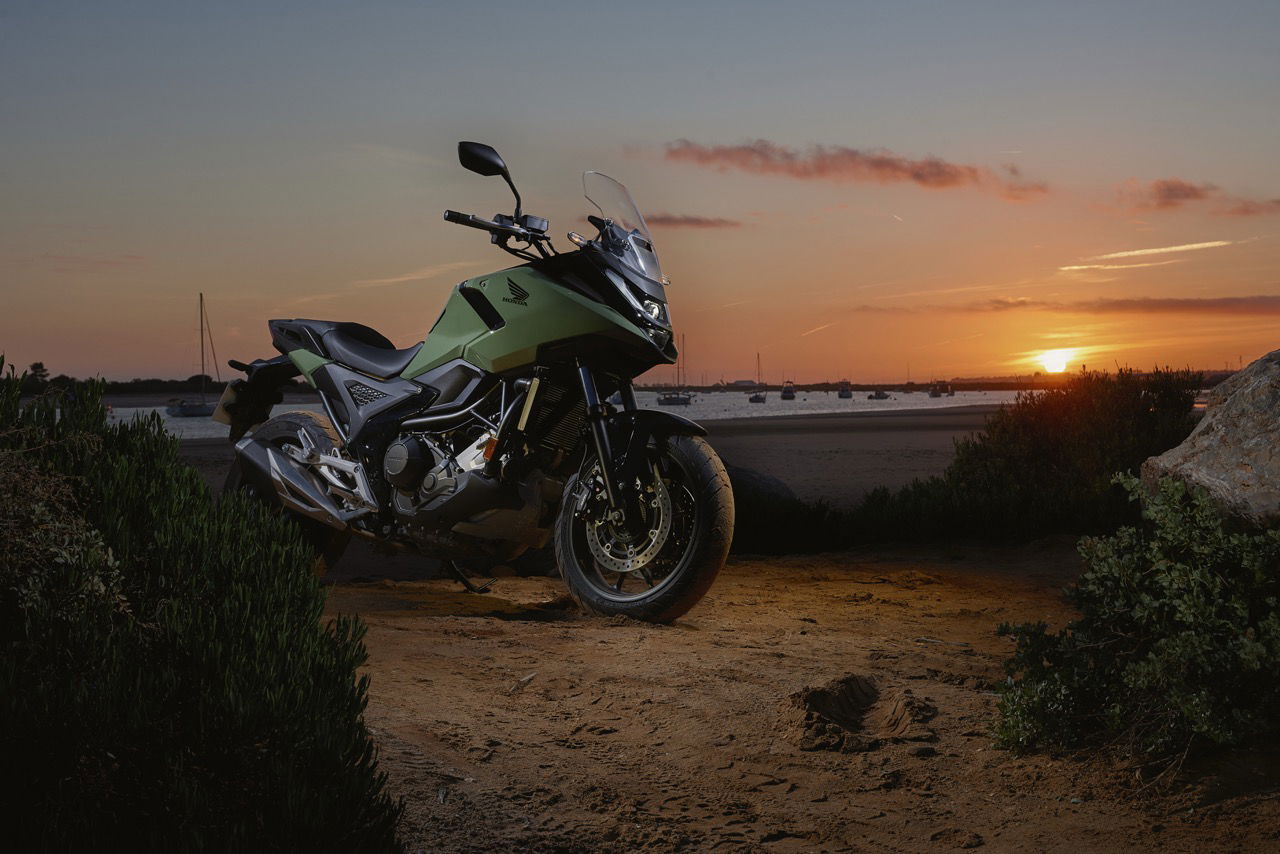
For 2025, Honda seems to have addressed several points that many considered to be the machine's weak points. First on the list is the front brake, which is now a twin-disc setup featuring two-piston Nissin calipers and 296mm floating discs.
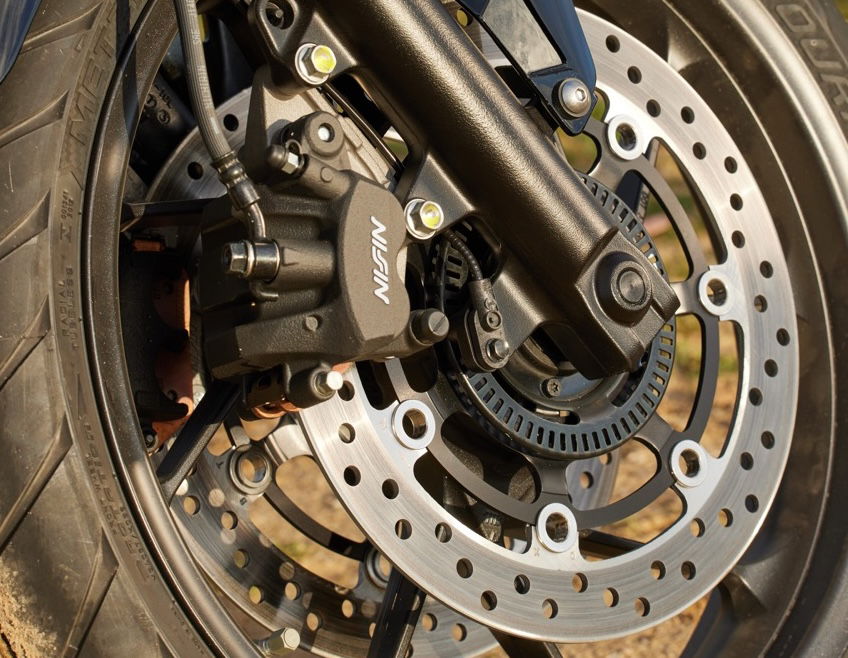
Next up on Honda’s to-do list was the DCT of the bike, and like some others in the dual-clutch family, the system on the NC750X is now claimed to be smoother when pulling away and during slow speed manoeuvres. The updated system now takes into account the temperature of the oil in the system, meaning it can better understand the viscosity and engage the clutch in what Honda thinks is a more natural and smoother manner.
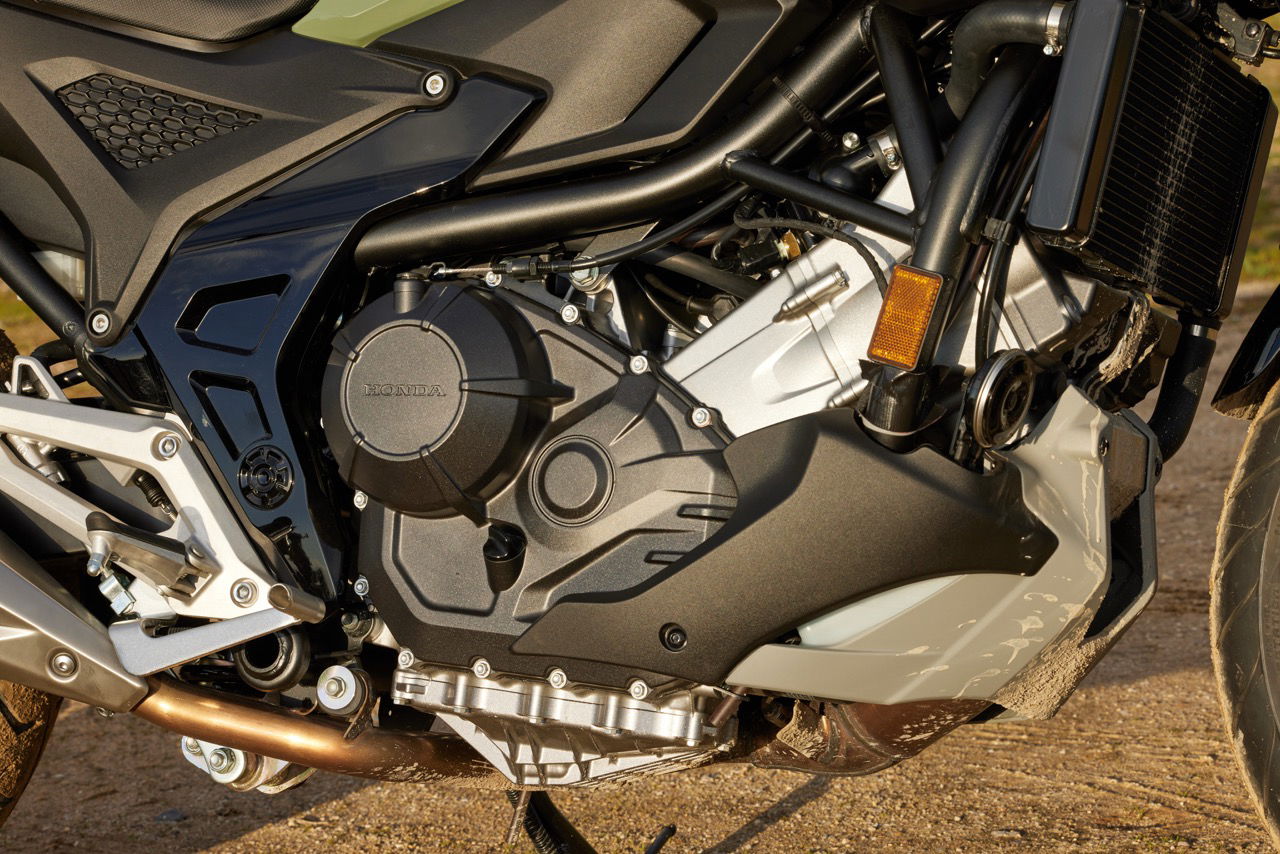
Honda has also ditched the rather tired-looking LCD dash found on the outgoing bike for a proper TFT, as found on the latest generation XL750 Transalp. With the TFT come exotic (to previous NC owners) luxuries like turn-by-turn navigation, calls, music and more - if you are using a Bluetooth headset. Another tech upgrade comes in the form of a new headlight which is said to be 50 per cent brighter than before. The new headlight ties in nicely with the re-jigged styling which is just enough of a change to improve the look, without changing the bike too drastically.
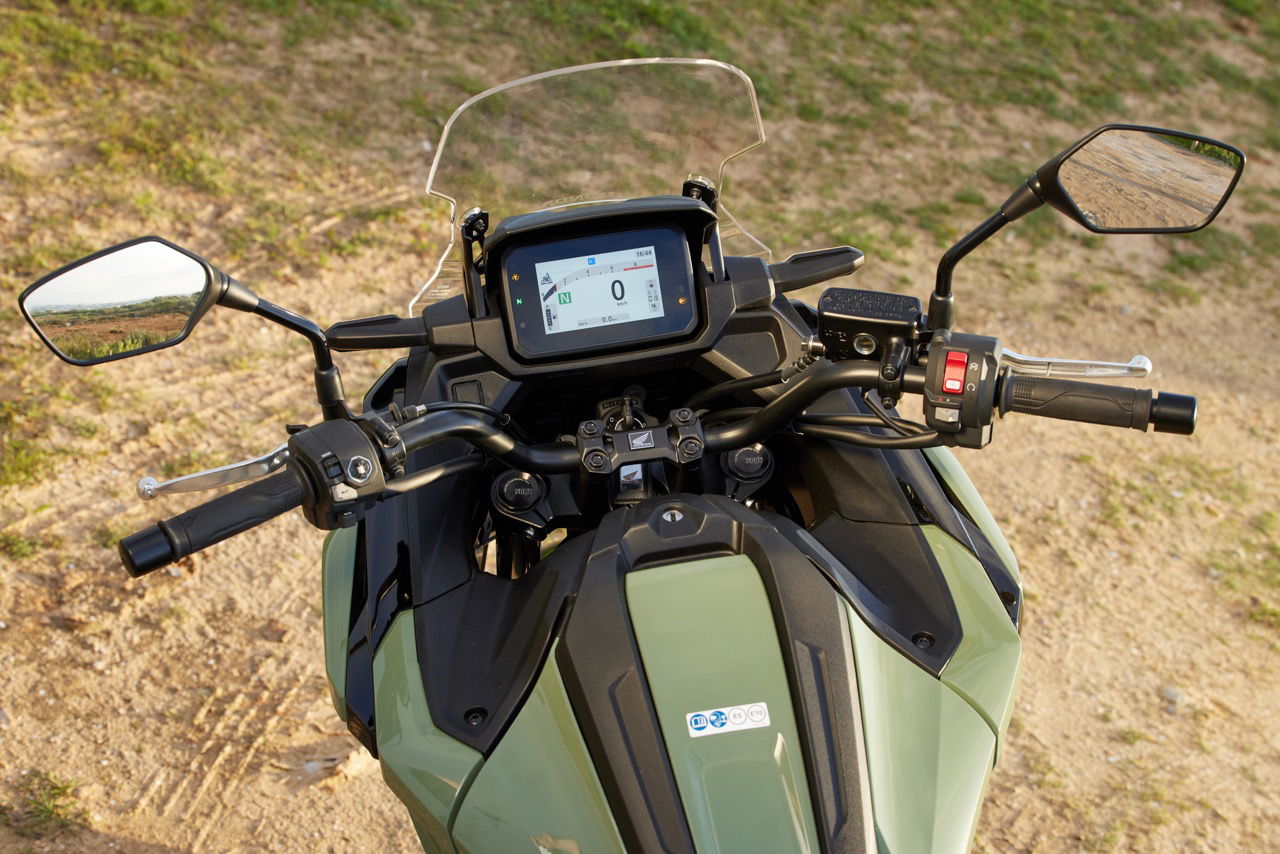
The final new point I’m highlighting is one you wouldn’t even notice unless you were told about it, and it has to do with the body panels. The green and red versions of the NC750X feature body panels created from a material called Durabio. It’s kind of a plastic, but also not a plastic as it’s made from corn and not fossilised crustaceans. It’s kinder on the environment thanks to this, but it also doesn’t need painting and can be dyed during the manufacturing process making it a win-win for everyone.
What’s it like to ride
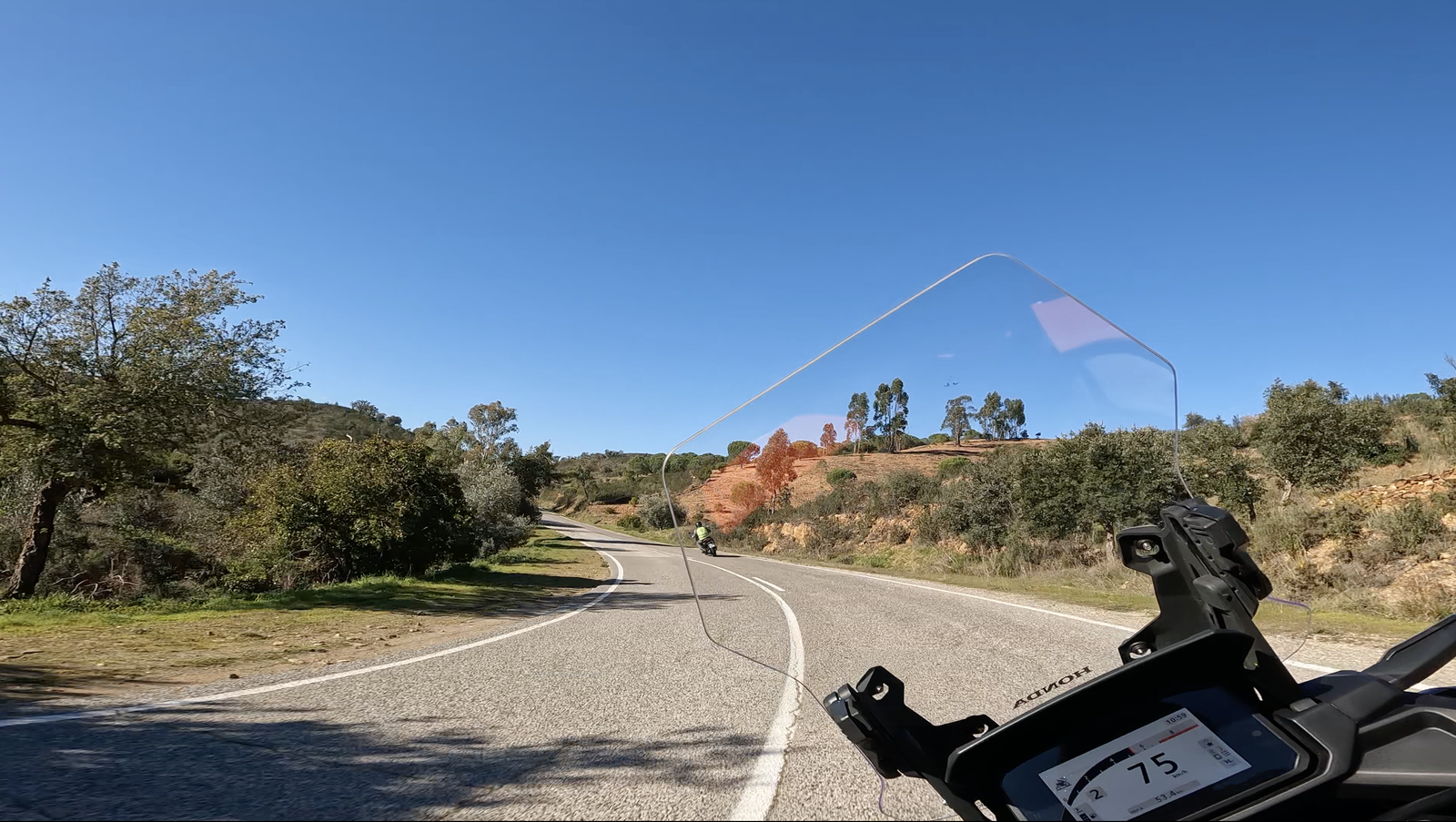
Our morning starts with a chilly 9am departure that makes me thankful for the optional heated grips my NC750X is fitted with. We’ve got about ten miles of urban riding and villages to get to before the mountains, and one of the NC’s trump cards is making itself felt. It’s more than likely one of the reasons the bike is so loved by people who cover big miles day after day and it’s because you get on it and feel immediately at home.
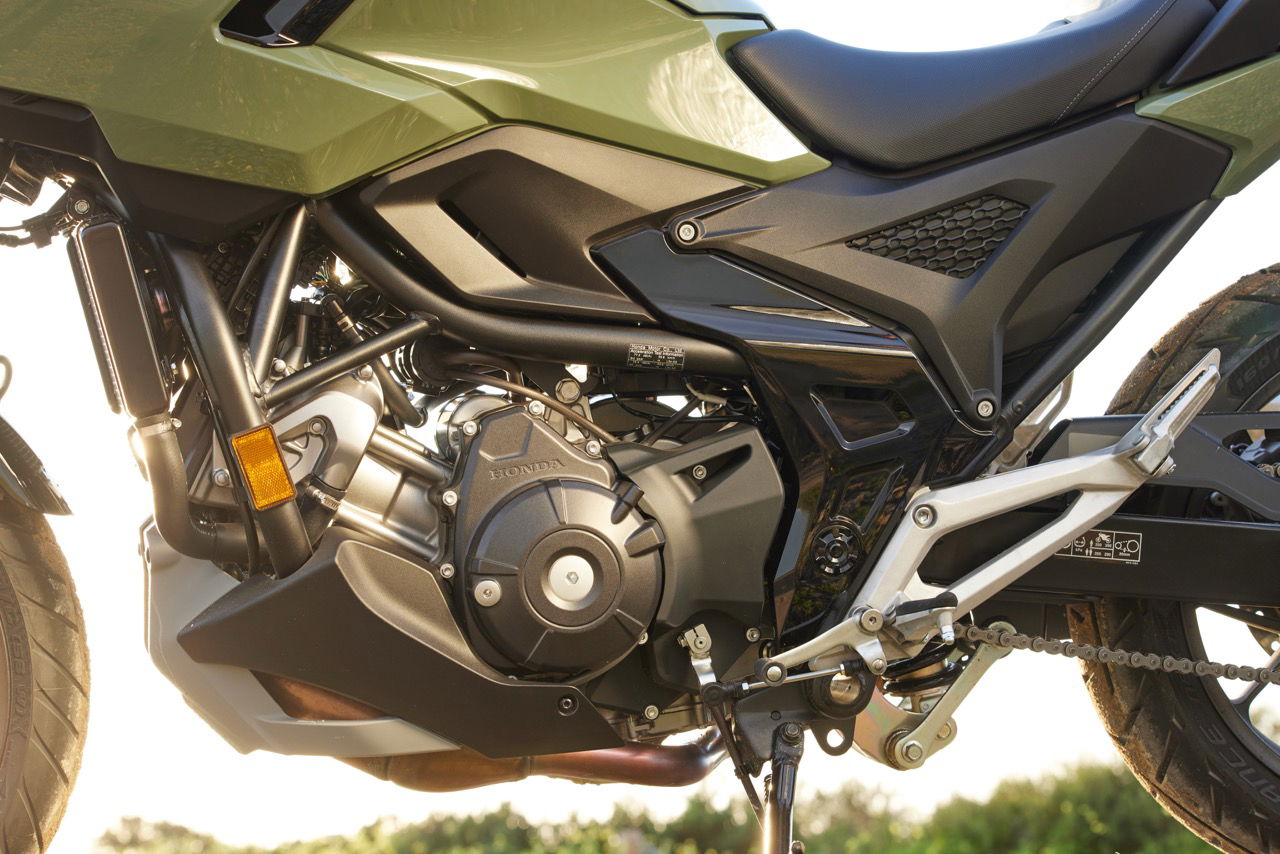
With the bike in the standard road riding mode and the DCT in its laziest setting, I quickly forget the bike is even shifting cogs for me, and I’m basically just telling it where to go, when to stop and which way to turn. For some, this is likely a bugbear of the NC (in that some people can find it a little boring), although when you just want to get on and get somewhere, it’s hard to argue against it.
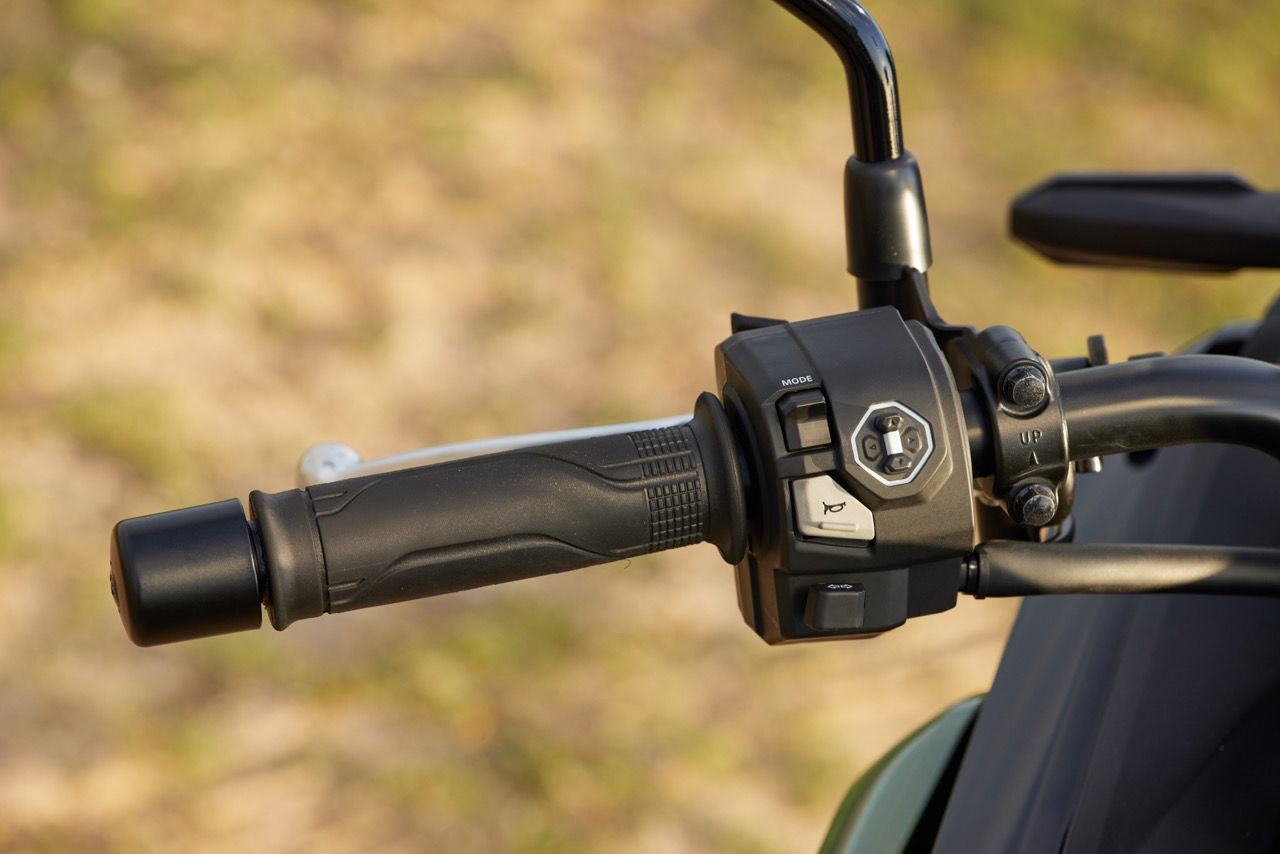
With a few miles of start-stop riding and town to negotiate, one of Honda’s updates seems to be making an early impression. The engagement of the clutch on the new bike is worlds away from the slightly clunky actuation of the previous bike - which I found to be more obvious when it was cold. Honda’s new system, which measures the temperature to better analyse the system pressure, is very good. In fact, unless I’m a complete numpty with my right hand, the engagement is just about as good as I could get it using a traditional lever. It now pulls away smoothly and cleanly, and those fine movements you sometimes need are much more accurate.
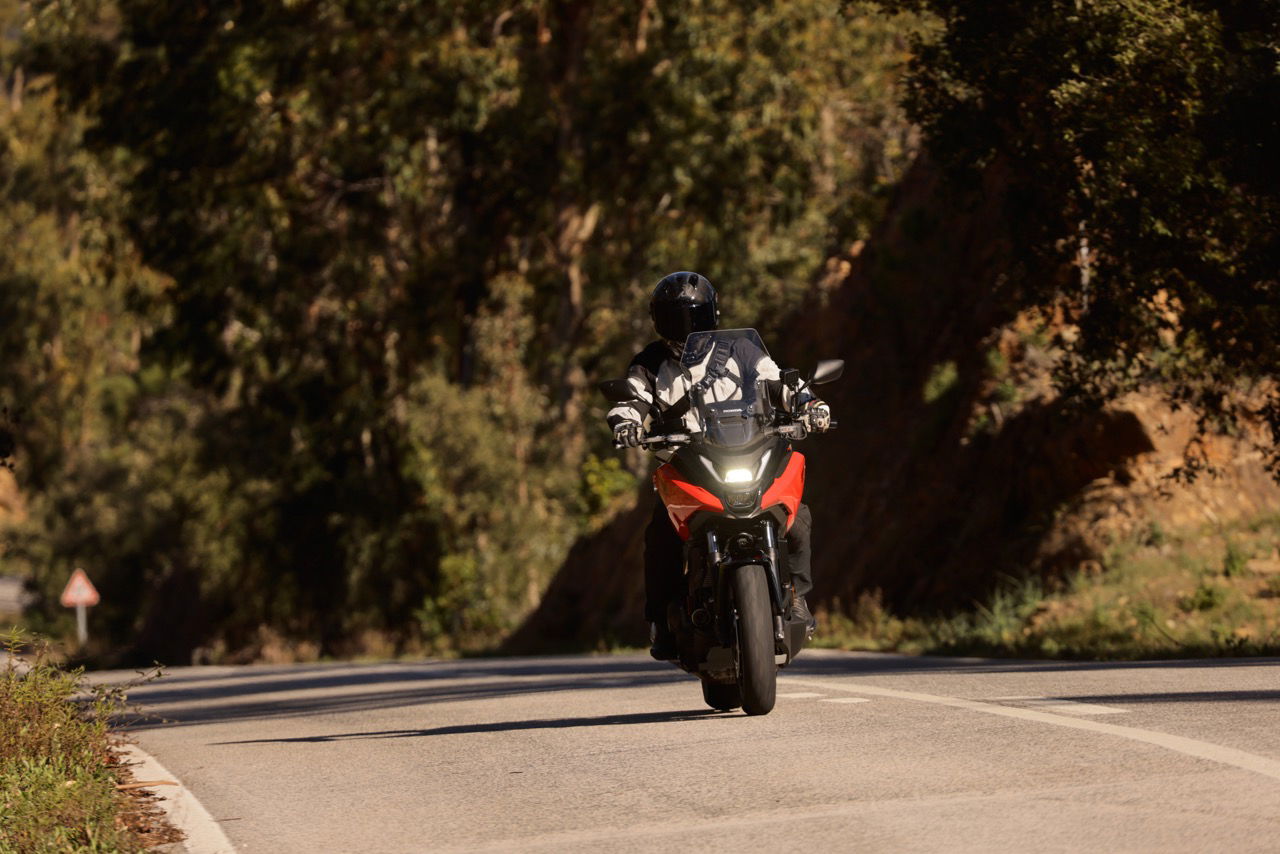
The rest of the DCT system is very much as before. You slot it on D (Drive) mode and until you need to hurry up a downshift or two, you basically forget it’s there. The shifts up and down the ‘box are beautifully smooth, and the only real complaint I have is the shifting buttons. The switchgear is new, and the position of the buttons to shift up and down the gearbox has changed and I’m finding it a bit of a struggle to reach. It’s worth mentioning that I have the hands of a flautist, though, so it’ll likely not be an issue for most of you.
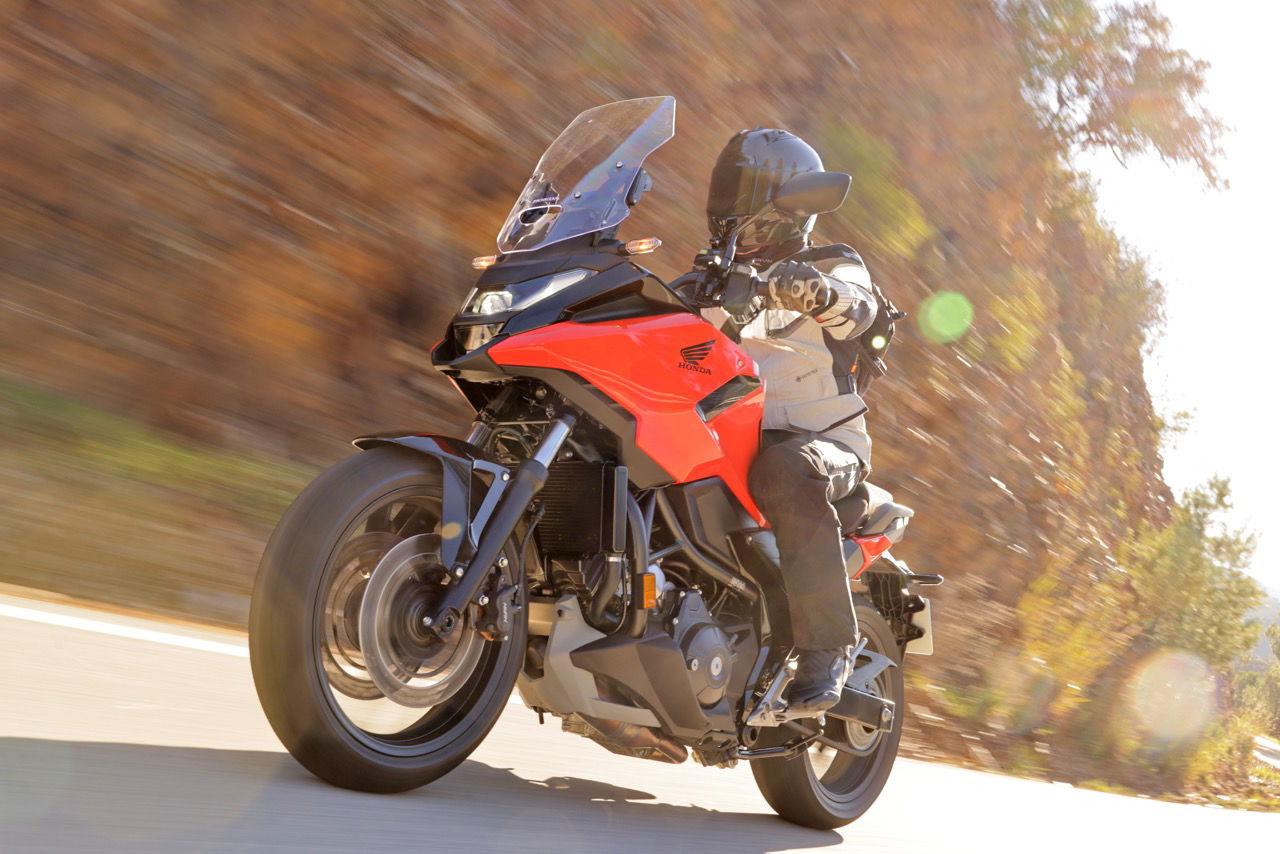
The next big change I’m noticing is the front brake. Obviously, a twin-disc system is a bit more realistic on a bike weighing in at 226kg but it’s not really an increase in braking power that I’m feeling. The lever feel on the new bike is much improved, but more than that I’m not heaving four-fingers on the lever to get the thing hauled up from speed. For the most part light braking is done with a single finger and anything above that generally only needs a couple of my dinky digits to be called into action.
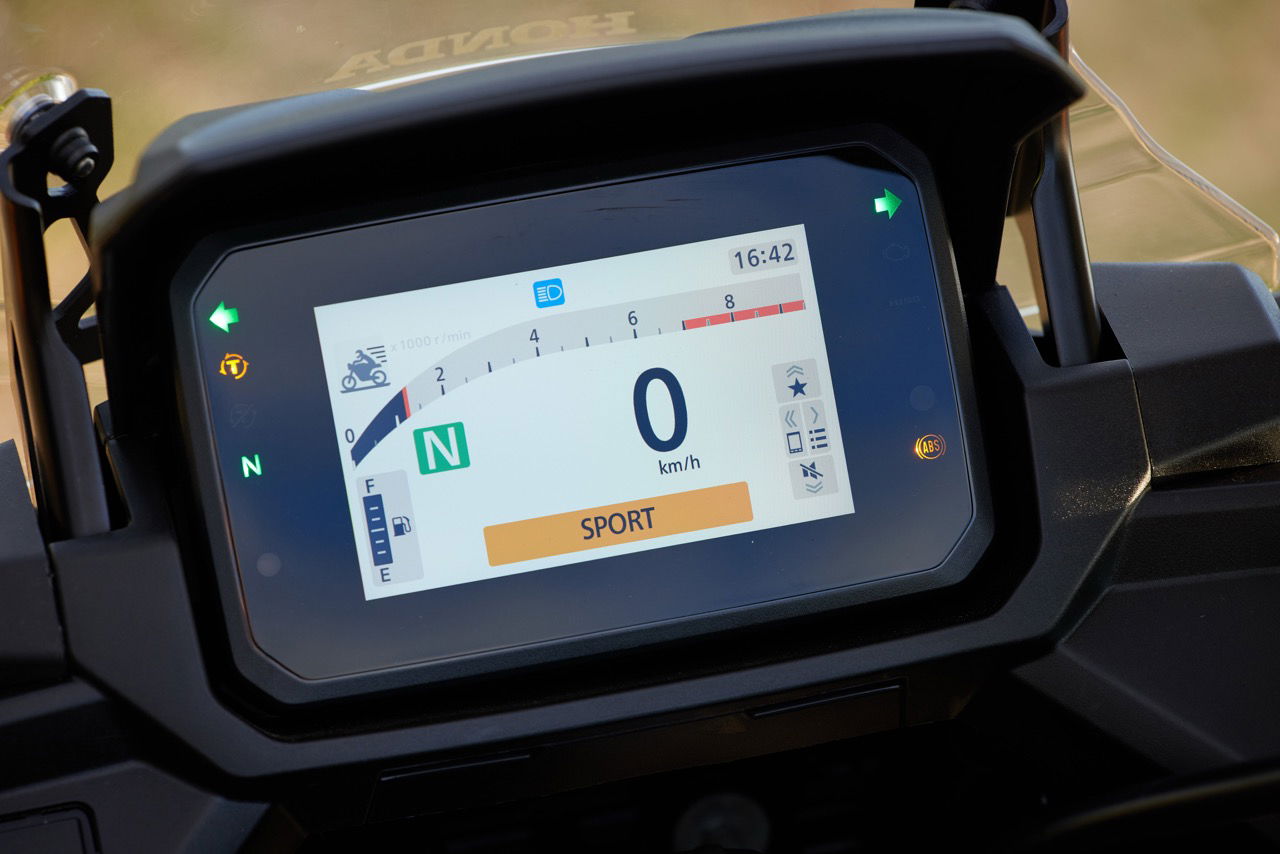
Another new item on the bike for 2025 is the TFT. Having a bike in this segment in that uses an LCD simply won’t do, and the one fitted to the Honda is a tidy-looking thing. It’s shared with some other Honda models, and while it’s not the largest or flashiest one on the market, it is clear, and easy to read, and the bonded construction means glare is reduced. It also opens up the options of connectivity, as well making adjustments to the setting more intuitive. On that front it’s mostly all good, with modes changed easily on the fly via the mode button and more complicated changes, like adjusting the engine braking, traction control and more, needing a dive deeper into the TFT.
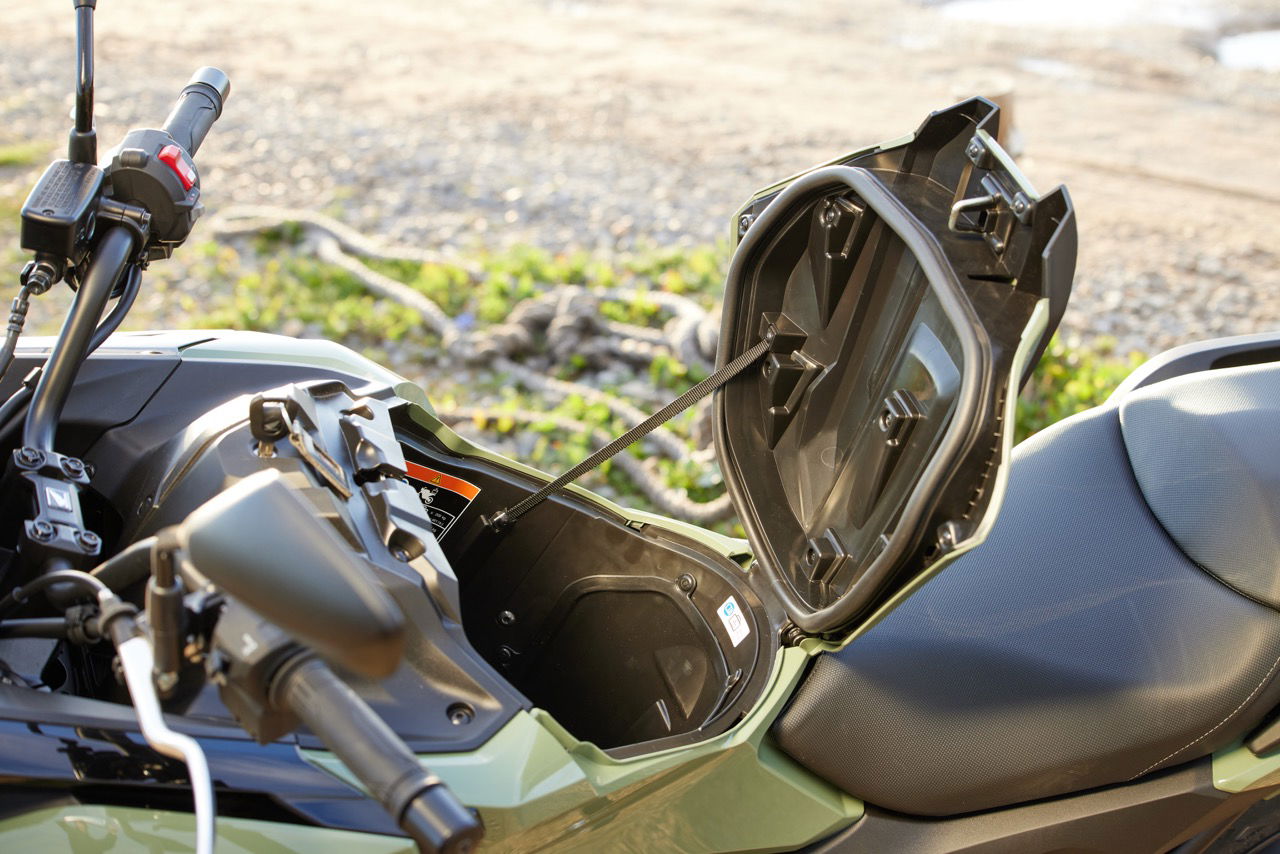
One thing that isn’t the same as some of the other DCT models I’ve tested is the shifting schedules and how you change them. On most DCT-equipped bikes, you can select D (Drive mode), M (Manual mode) or S (Sport mode), with the latter offering three increasing levels of sportiness. On the NC750X the shifting schedules are linked to the riding mode you are in. If you want to make the bike hang on to gears longer when accelerating and change down earlier when decelerating, you’ll need to change modes or go into the TFT and adjust it individually via one of the two custom modes. Basically all you can do is flick from D to M while riding the bike. Personally, I liked the previous option of being able to select a more relaxed or sporty gearbox setting outside of the riding modes, and on the fly.
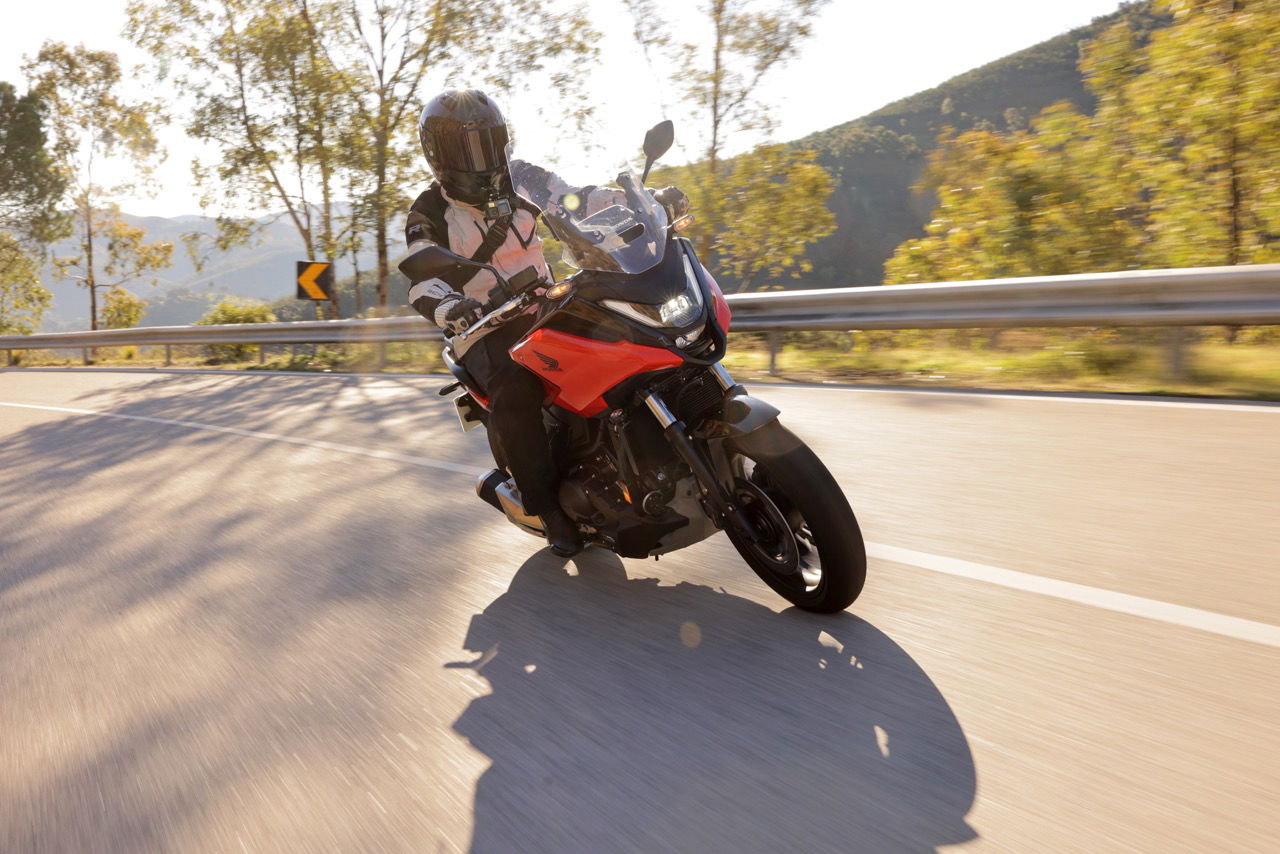
One of the key features of the NC family of bikes is the comfort of them. These are bikes people cover big miles on and are renowned by fans as being the comfiest sub-1000cc tourers on the market. That hasn’t changed for 2025 with the relaxed riding position being a standout feature. The bike I’m riding is fitted with the comfort seat which is, as you’d expect, a nice place to park my backside. Regardless of if you go for the stock seat or the comfort option, both are extremely large, and after hopping on the pillion seat of another journalist’s bike at the coffee break, I can confirm the pillion seat is just as expansive.
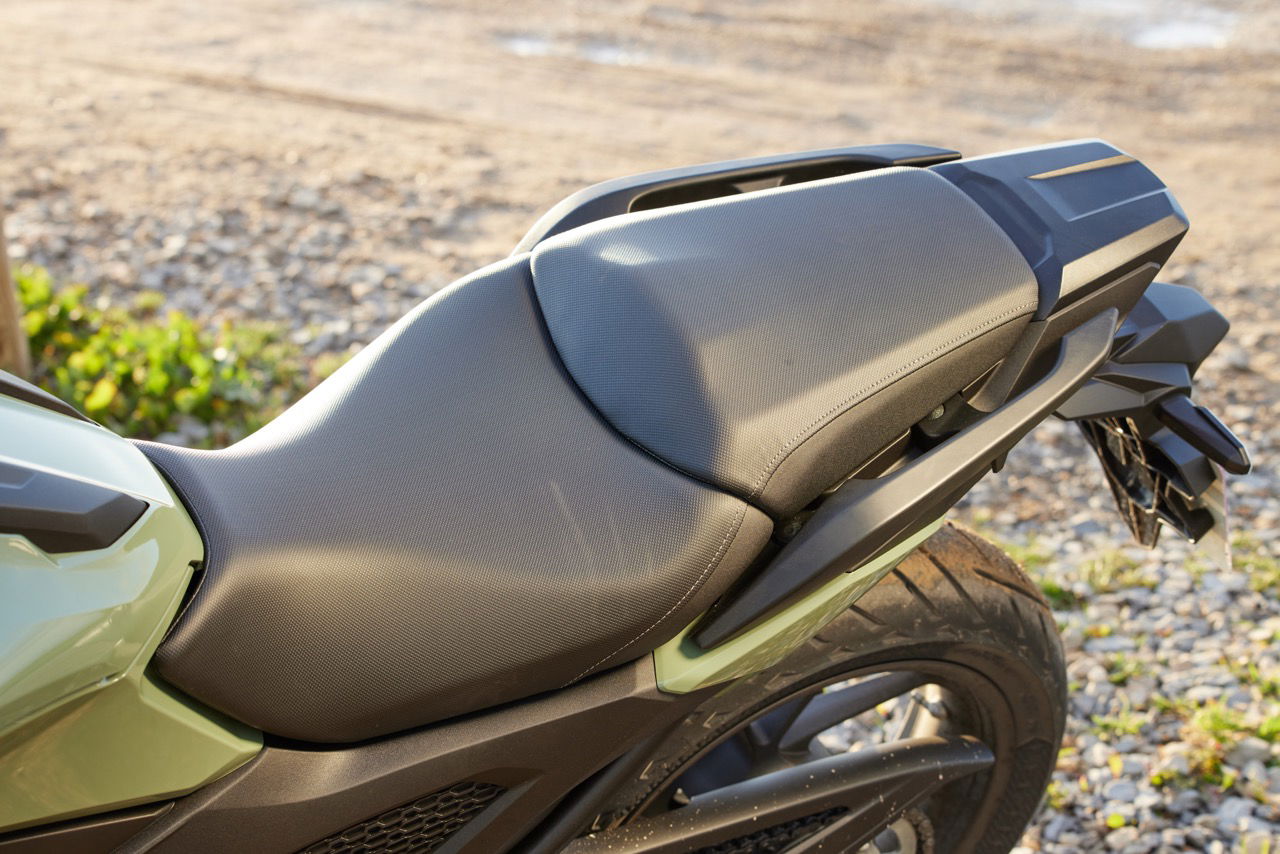
The screen and some body panels of the new NC are created from a new material called Durabio, which is a ‘bio base engineering polymer’ according to the Mitsubishi Chemical Group's website. Given that the screen of a bike is fairly important, I was keen to experience the new tech on the road, and had I not been told the screen was Durabio, I wouldn’t have guessed. The bike I was riding was also fitted with an optional adjustable screen, which was more than big enough on the tallest setting, although you can’t adjust it on the fly thanks to needing both hands and the NC doesn’t have cruise control - which is also a bit of a shame.
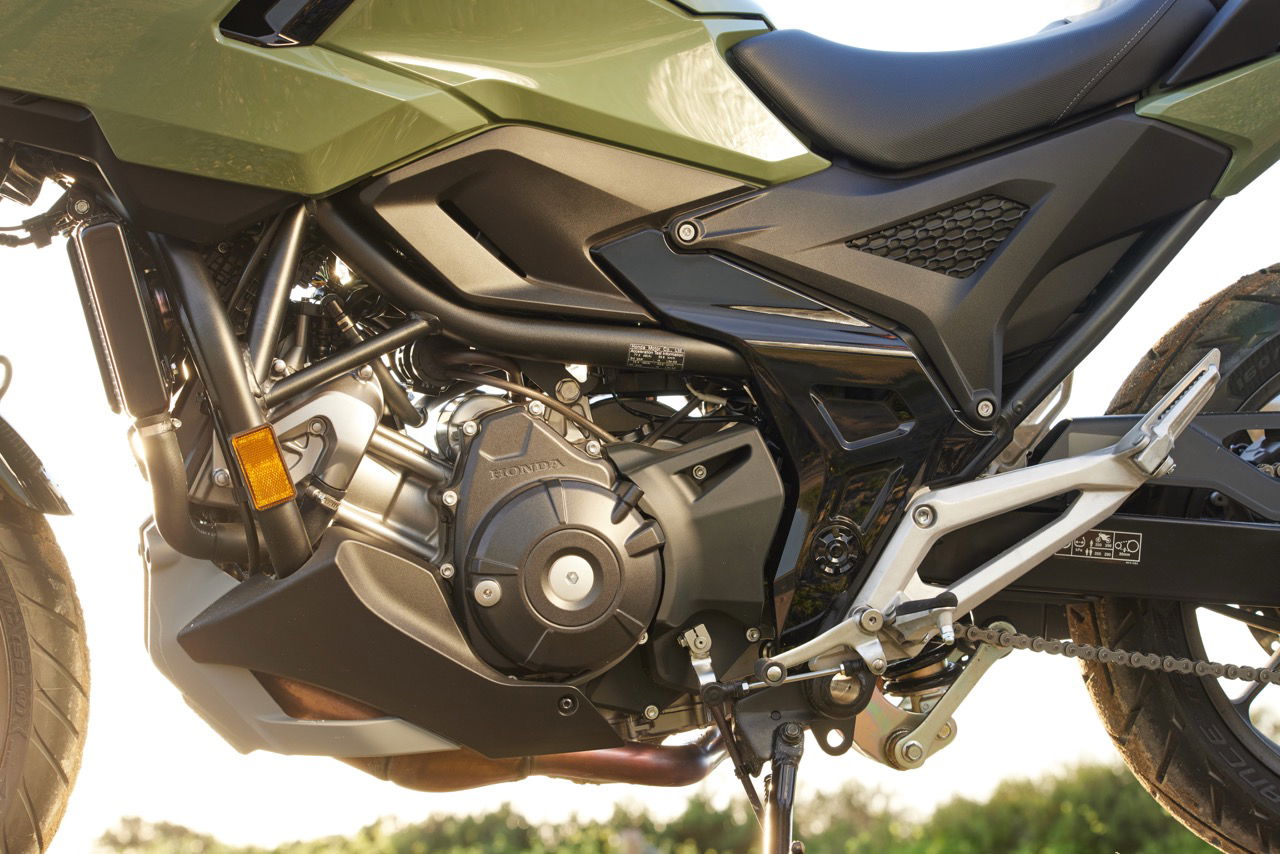
The rest of the NC750X’s comfort is brilliant. You feel like you sit in the bike, and not on it, which gives the impression that you are cocooned away from the elements. Here you’ll be whisked along with minimal levels of vibration through the bars, seat and footpegs.
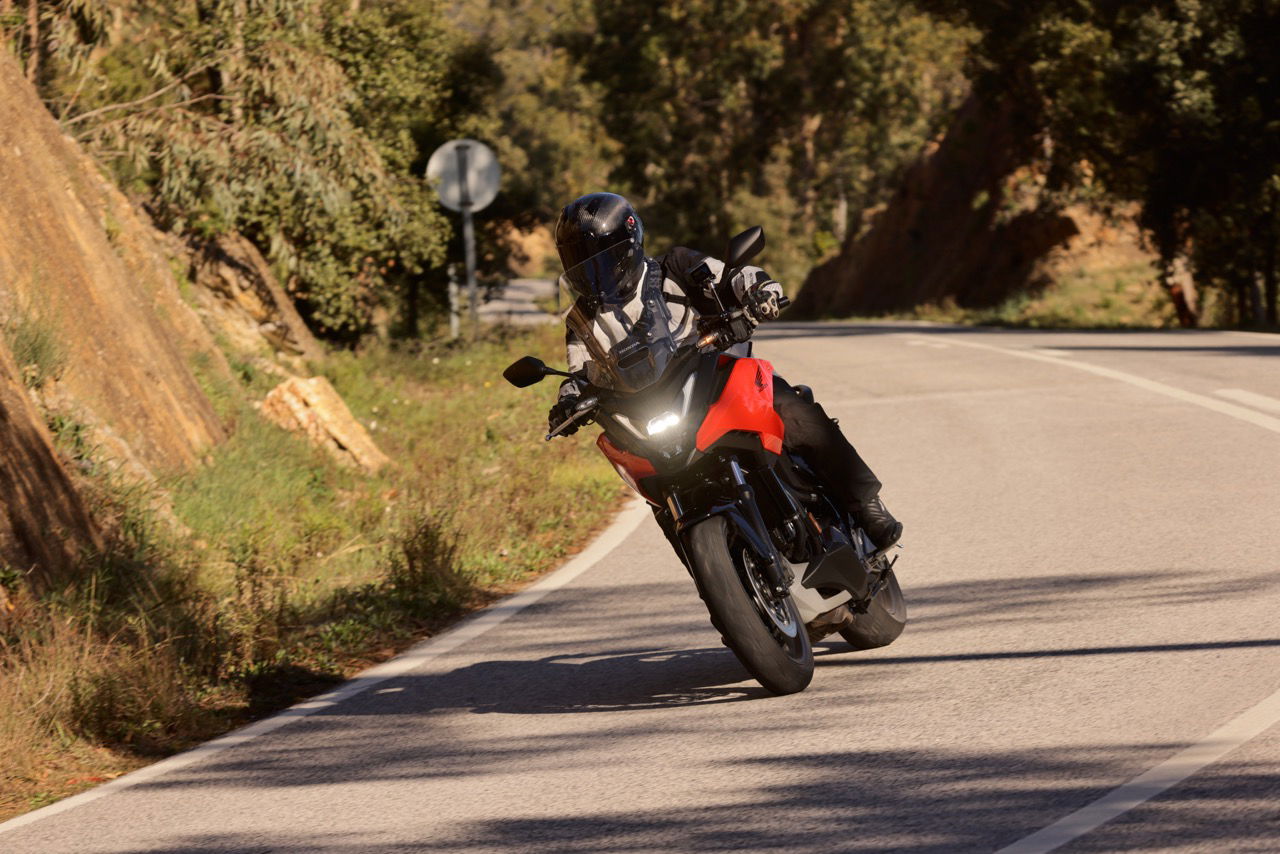
On the handling front, if you have ridden an NC750X before, there’s not a lot new to add. It’s still an extremely easy to ride bike, and while some of the things I’ve said would have you believe it's not very exciting to ride, you’d be wrong. We had a fairly brisk launch ride on the new NC, and it was a lot of fun. Most of the enjoyment comes from making it do things it really shouldn’t be doing, but as far as the handling goes, there’s nothing negative to note, and it feels like a bike you can push harder and harder and it just soaks it up and carries on.
Should you buy the 2025 Honda NC750X
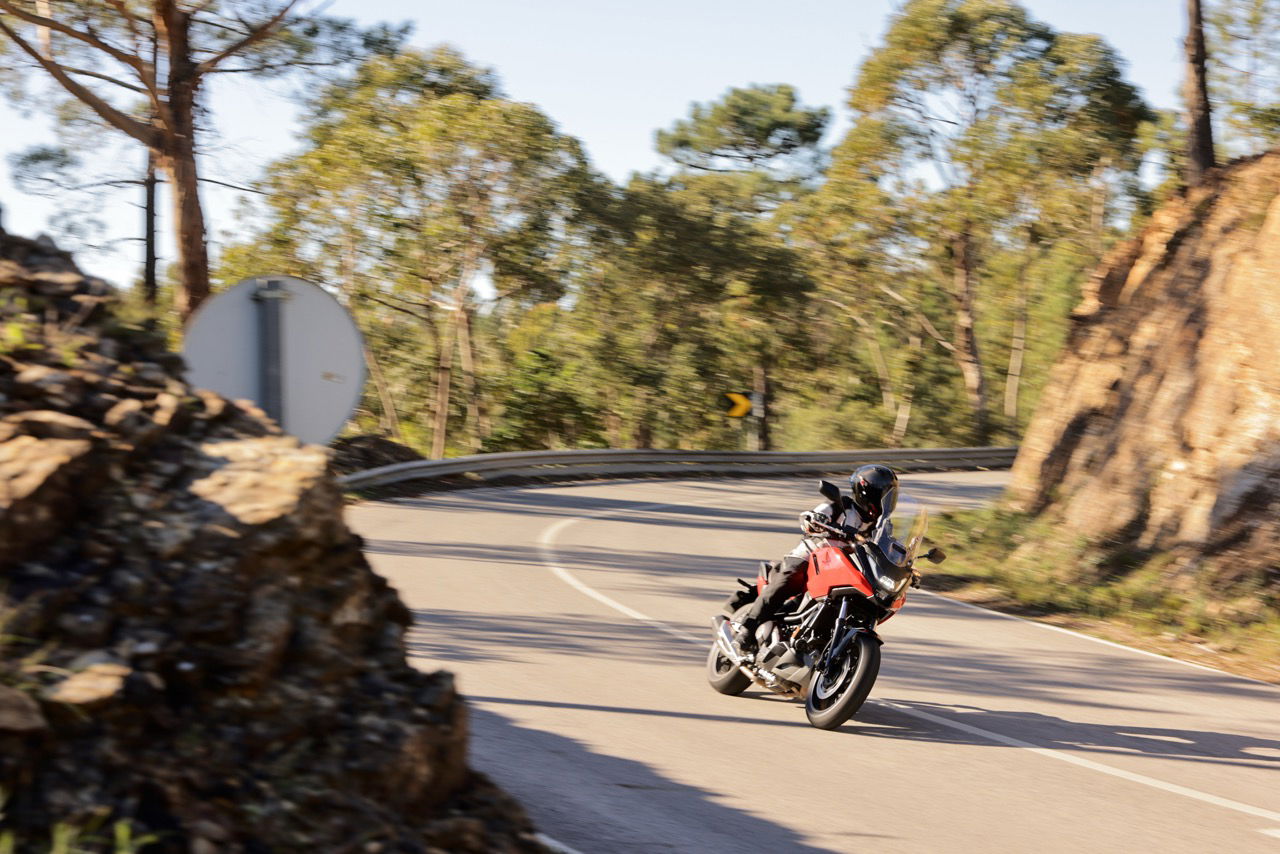
If you want a bike to get you places using very little fuel, while keeping you warm, dry and safe, there is probably nothing else on two wheels that can truly go toe-to-toe with the NC750X - especially at this price point. It’s superbly versatile, being that it can commute, tour long distances, hack through winter, and thrash on a weekend. And it comes with a badge on the tank that helps to enforce a level of peace of mind that is hard to beat.
Is it the most exciting bike in the Honda range? No, but it doesn’t pretend to be. It’s totally honest in that way, and with styling that is just on the right side of function over form, it offers several features that you can’t get anywhere else. Not many 750 bikes can offer helmet storage in a lockable compartment, but the NC750X can. And that’s not just because the fuel tank is shifted under the seat, it’s thanks to an engine that’s angled forward and an underbone-style frame, along with a host of other smart engineering solutions. Add to that the option of a DCT, incredible fuel economy, luggage options and space for two… The latest generation of the NC continues the bike’s journey as quite possibly the most versatile and user-friendly bike on the market.
Find the latest motorcycle reviews on Visordown.com
